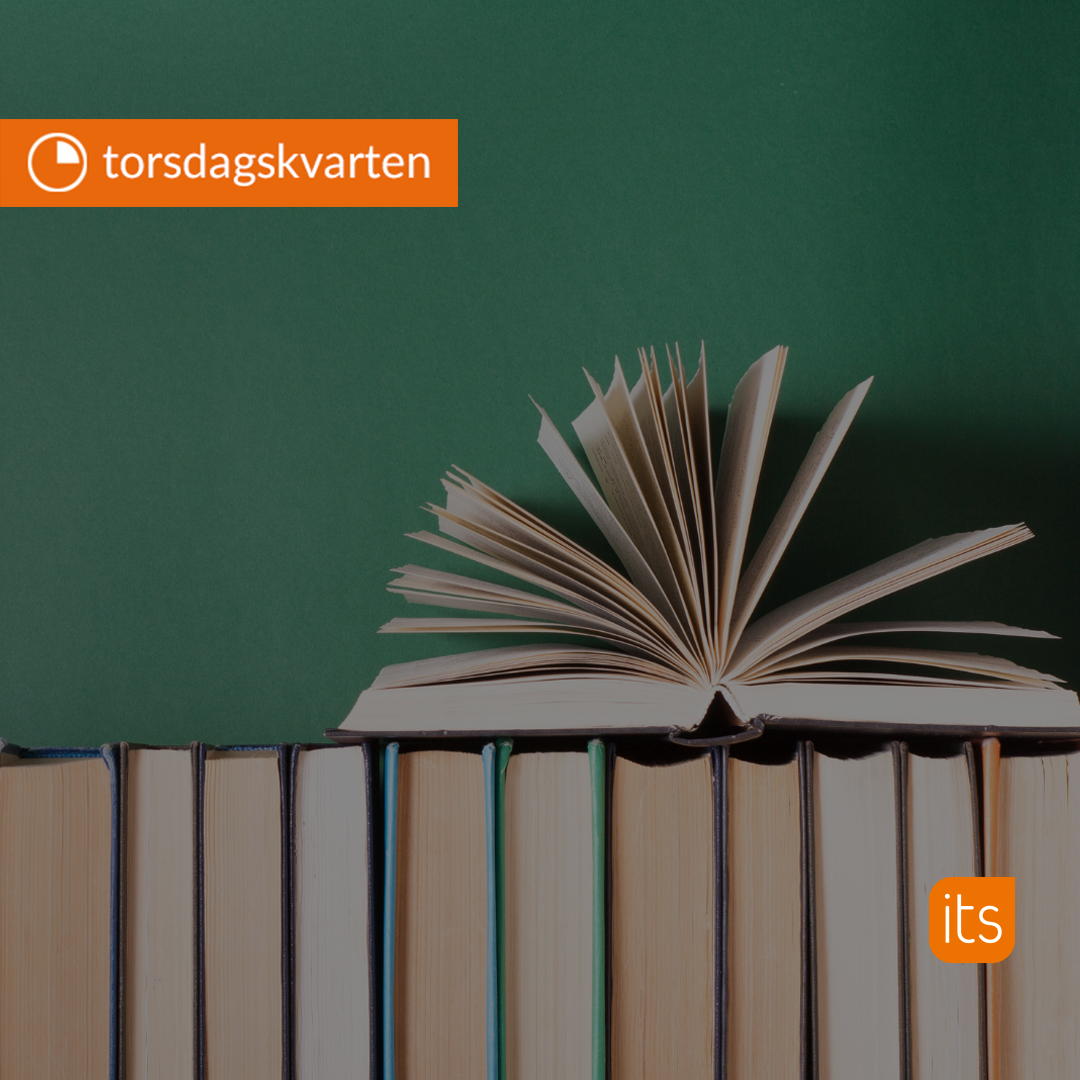Explore customer stories and how our products helped solve problems and meet their needs.

Isle of Man Embraces Hybrid Learning for Education After 3 Lockdowns
Translation generated by an AI translation service
We are a self-governing British Crown dependency in the Irish Sea between England and Ireland with around 80,000 people, 32 primary schools, 5 secondary schools and a University College. It has been a particularly difficult time, but we have managed to keep learning going by moving quickly to a remote/distance learning model with the use of itslearning as our primary learning platform island wide.
System overview and context
The key is in the infrastructure and staff training so that usage is consistent across the whole island. When we switched to itslearning in 2015, we also had to make itslearning ‘desirable’ to teachers and communicate its usefulness. What we found particularly useful with itslearning, as opposed to other platforms, is the communication tools that help personalize learning — the pupil to teacher dialogue.
The platform was quite intuitive in the way teachers could give feedback to students and have ongoing discussions about learning, assessment, knowledge and skills acquired. Additionally, it gave us the ability to do planning, and clone and reuse templates which then could be shared with other teachers across the whole school or set of schools. This was particularly useful for us when we went into lockdown because we could then aspire to a consistent model of remote learning to all students across the school network.
itslearning Advocates develop and enhance the use of the LMS in schools, with teachers, for learners.
Looking back, I’m glad we invested resources into a team of ‘itslearning advocates’ — excellent practitioners from across our schools, trained partly by our early adopters and partly by the team from itslearning. We support them with time and resources to then go out and train other teachers, not just at their schools, but also other schools across the Isle of Man. Advocates are a great resource if you are an academy chain, local council or group of schools looking to build a consistent learning model across your institutions.
We pooled their expertise to deliver training across the island which resulted in greater consistency and quality when using the learning platform.
First Lockdown - 24 March - 22 June 2020
This period saw an abrupt pivot to move from face-to-face learning to remote learning. During these 3 months, itslearning really took off in terms of being the platform that was absolutely needed to make sure that we could maintain our statutory duty of providing education. It was a collective effort on the part of our schools.
Second Lockdown - 4 January - 27 January 2021
After the first lockdown ended, island education officials gathered with school leaders to prepare a consistent set of guidance and protocols, in case we had to go into another lockdown. So, when the next lockdown came in January we were prepared. We had processes in place, staff trained on itslearning and templates ready. itslearning kicked into gear and we were delighted with the feedback from pupils and parents about the quality of learning and materials provided during this lockdown.
Third Lockdown - 4 March - 19 April 2021
Our schools were once again ready and the change in school functioning was almost seamless. The use of itslearning rose exponentially, because we had that time to co-plan to determine what we wanted from our remote learning program. Also, both teachers and students were more comfortable using the platform. Out of this third lockdown came the idea that we really shouldn’t forget all the lessons learned during these unprecedented times when we go back to face-to-face school. This is why our plan is to continue and build towards a genuine model for hybrid learning.
Watch the full presentation recording to hear how the Isle of Man has implemented itslearning across primary and secondary education and their hybrid learning provision plan.
You can find more information about how itslearning supports student-driven education and a free handbook on our Hybrid Learning page.
Additional questions after the presentation
What does Hybrid learning look like in your schools in the Isle of Man?
Heather Libreri, Teacher, Castle Rushen High School
Hybrid learning in my secondary school as a whole varies. Our itslearning site has been set up by me from a central dashboard with all courses linking off to each year group page. Staff create one course per subject as one per year group or class can become very overwhelming.
Most of our staff share assignments with students online via itslearning which holds instructions for students to complete work and they bounce back and forth redrafting. This is very common in exam year groups. We do have a course dedicated to ‘extension work’ where students can work online back at home in their own time. Some staff are using itslearning to provide online lessons for students who are isolating and this may consist of videos and worksheets.
I am the only teacher at the moment delivering in a fully hybrid/flexible learning way with one of my classes. We work 100% from an itslearning course for all four of our 50 minute lessons. I have handed over the objectives and resources that I would normally use as a teacher and let the students take control.
In order to encourage collaborative learning I have found simple items such as headphone splitters so more than one student can listen to one device a really vital piece of equipment. Also using guided sessions directed by me introduces the students to working with someone new in the class and encourages positive discussion.

Chris Hill, Teacher, Peel Clothworkers Primary School
Depending on the teacher, it could be a guided reading text that has been uploaded which children read before the lesson at home as part of their daily reading and then return to class. I found that children leave their books at school whereas having universal access has increased their participation - which was needed as it’s on our SIP (School Improvement Plan).
In the Early Years, teachers have uploaded pre-recorded phonics lessons for the children to watch at home with some online phonics games to embed the learning that they have been doing in school. This means that the parents have a directed focus to help their child with their learning at home helped by the gamification of the learning.
itslearning has been used across the school with regard to digital media:
We created an assignment where children uploaded their versions of a dance, that was then edited together and published.
KS1 (kindergarten) and KS2 choir have a course with music and lyrics recorded so they can practice at home.
Year 6 have continuous access to optional maths challenges to extend their learning on the given area they are learning.
Have you embedded all learning-materials for Classes (Years) 1 to 6 inside one and the same itslearning-course, that includes separate pages layouts, one for every age-group?
Chris — Initially, we used one course for all 500 students across 7 year groups.
Reception from Year 6. We found that the amount of resources was far too great to be handled successfully. We were in our early stages of development and soon realized that our teachers who were not yet fully trained on the platform were finding it difficult to manage groups and the linking of pages and assignments. We did experiment with groups, but the amount of assignments, tasks and announcements that were being broadcast across the whole school was not appropriate.
We quickly transferred to a course per year group, I created a template course and then copied that over to a new course for each Year Group. All teachers have access over another teacher’s pages to have a look and copy ideas, but they have become the lead creators and have excelled with the ability to play within their own courses, as opposed to fearful of sending an assignment notification to 470 children for whom it wasn’t intended!
In theory, it’s possible, but we preferred having smaller number of participants and teachers on our courses as that is easier to manage.


-1.jpg)
